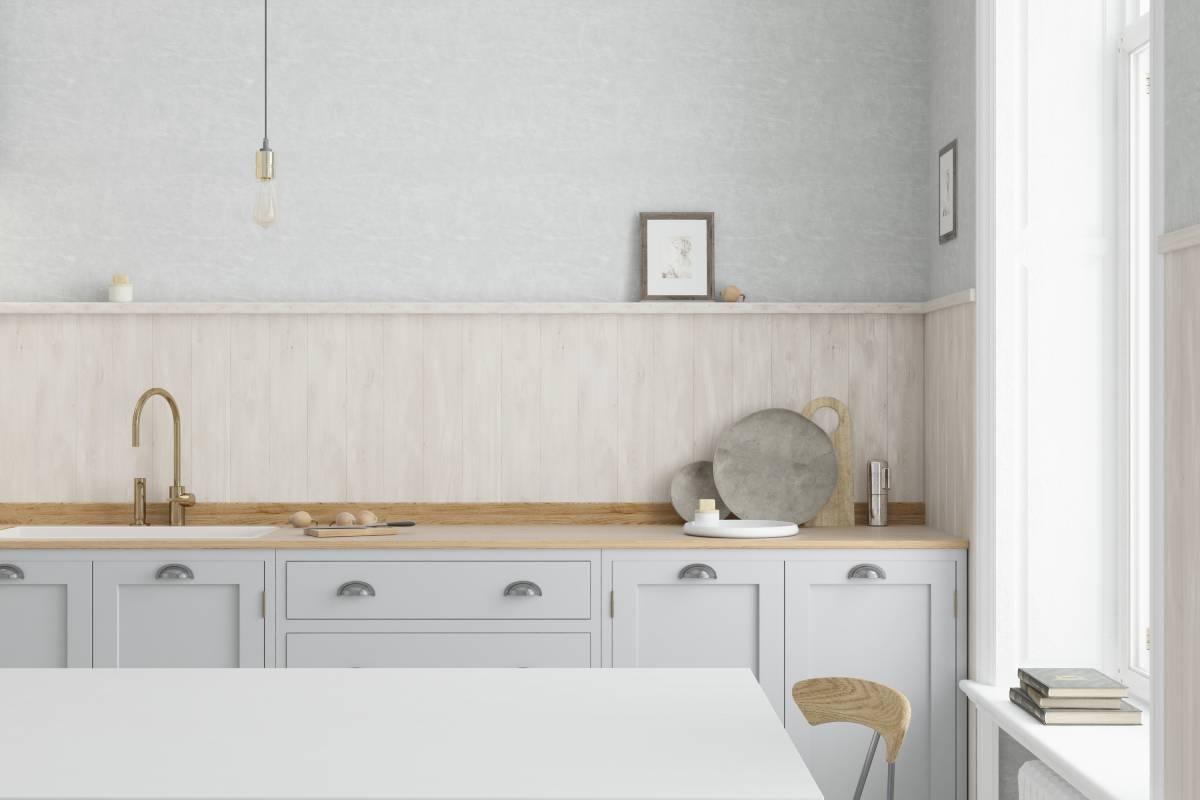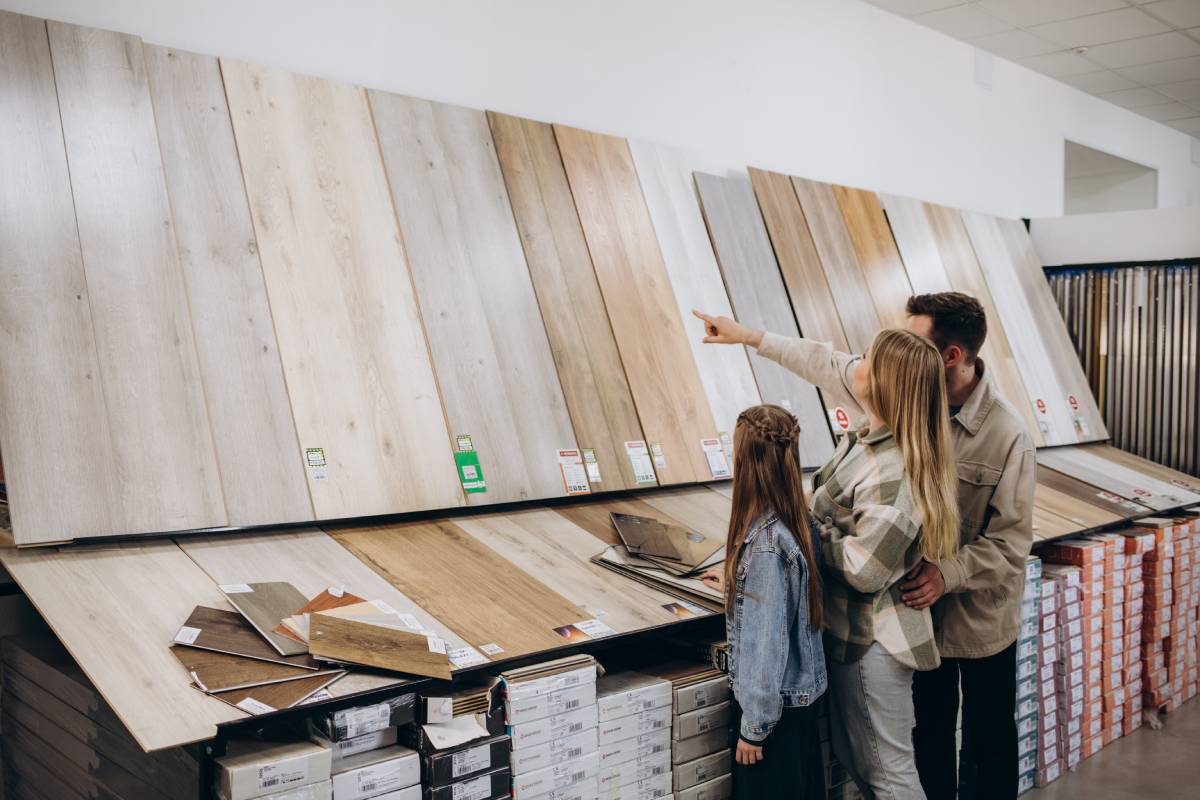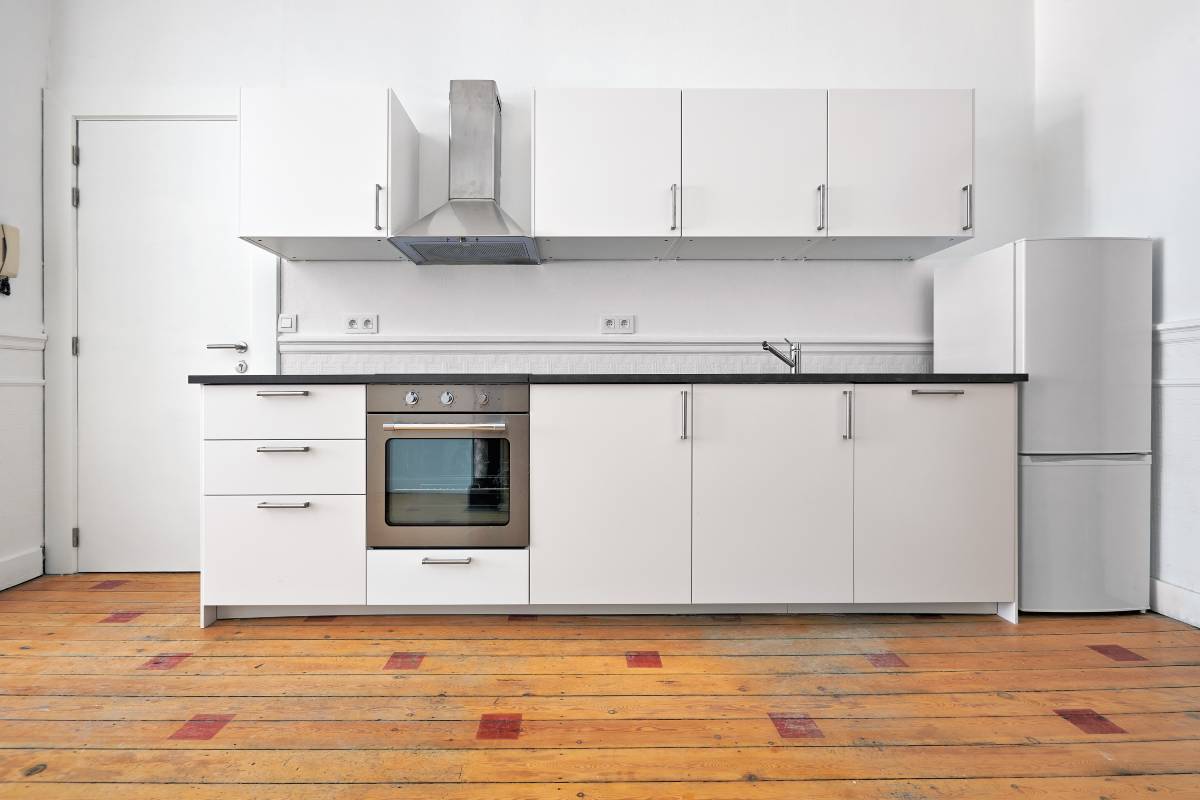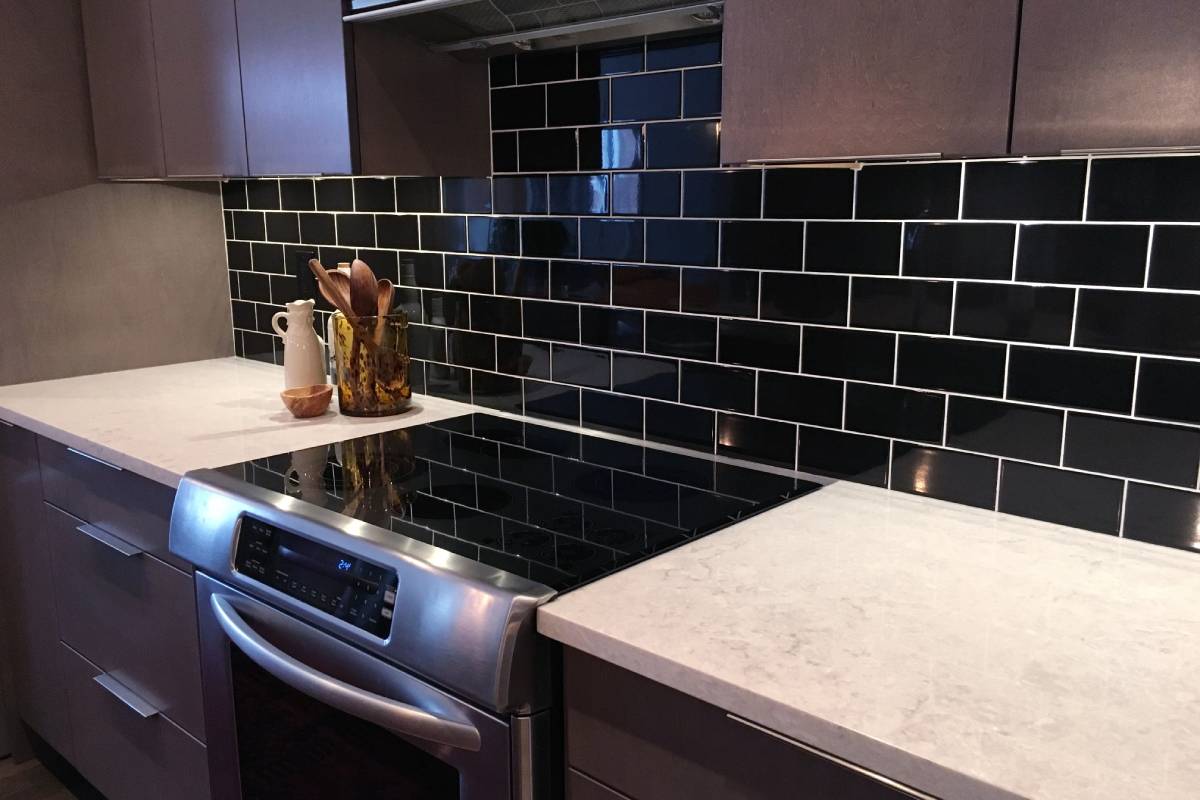
What is a Laminate Sheet Backsplash? The Advantages and Disadvantages of Laminate Sheet Backsplash
In kitchens, the walls behind sinks and stoves often get messy with food, grease, and water. Regular short backsplashes don’t always do a good job of protecting these walls. That’s where a laminate sheet backsplash comes in.
A laminate sheet backsplash is a stylish and practical choice for both kitchens and bathrooms. It’s typically made from laminate countertop material and covers the entire wall space behind your sink and countertops. This type of backsplash is sleek, seamless, and usually a single colour. It’s excellent at safeguarding your walls and makes cleaning up a breeze. You’ll find it in many modern designer kitchens and it’s a must-have for achieving a super modern, clean look.
Also read: 5 Simple Carpet Cleaning Tips from Experts
So, What Exactly is a Laminate Sheet Backsplash?
Well, kitchens and bathrooms are places where walls can take a beating. The wall behind the sink and counters is exposed to moisture, and the area behind the stove deals with heat and food splatters.
You can use various materials to cover this wall space, like mosaic glass or porcelain tiles, metal ceiling panels, or even glossy paint. These materials are resistant to water and can function as backsplashes.

A sheet backsplash is a broad term that describes a continuous, large sheet of material used as a backsplash, typically behind kitchen or bathroom counters. It’s also known as a slab or panel backsplash. The most straightforward version of this covers the entire length of the countertop horizontally and stretches from the countertop to the bottom of the wall cabinets vertically.
While you can use various materials for a sheet backsplash, the most common choice is laminate countertop material. Laminate comes in large sizes and is cost-effective, making it a great option for creating sheet backsplashes.
Sheet backsplashes offer a hassle-free solution to keep your kitchen clean. The key advantage is their seamlessness or minimal seams. Seams can complicate kitchen cleanup and are a common issue with tiled countertops.
Unlike traditional backsplashes made of numerous small tiles that require grout seams, sheet backsplashes provide a smooth and seamless surface. Seams in backsplashes can accumulate dirt, need periodic sealing, and might eventually deteriorate.
Features of Laminate Sheet Backsplashes
- Height: Sheet backsplashes typically extend at least 18 inches in height, which is the minimum space between countertops and the lower edge of wall cabinets. They usually lack horizontal seams.
- Length: The length of your sheet backsplash depends on the material used. Granite slabs are usually no longer than 105 inches, solid surface materials (like Corian) typically max out at 140 inches, and retail-grade sheet laminates can be as long as 144 inches.
- Single-Sheet or Bonded Panels: While a single, large piece is commonly used for sheet backsplashes, some are made from several large bonded panels. As long as these panels are joined imperceptibly, they still qualify as sheet backsplashes. Solid surface and quartz are two materials that can be bonded with nearly invisible seams.
- Costs: The installed cost for sheet glass backsplashes is typically around $50 to $80 per square foot. Quartz, stone, and solid surface backsplashes have a similar cost per square foot as countertop materials. For a basic do-it-yourself laminate sheet backsplash, you can expect to spend less than $5 per square foot.
- Colours: Solid colour sheet backsplashes are the most popular choice, often made from back-coated glass, which is a highly favoured material.
- Graphics: Many kitchens feature large sheets of marble with veined or striated patterns. Laminate offers a wide range of non-solid visual options. Some designers opt for the look of linen-textured laminate for their sheet backsplashes.

The Advantages and Disadvantages of Laminate Sheet Backsplash
Advantages
- Easy Cleaning: Sheet backsplashes have a smooth, seamless surface with no seams or cracks. This makes cleaning a breeze, as there are no spaces for food and debris to hide.
- Seams: Unlike tiled backsplashes with porous grout that require frequent sealing, sheet backsplashes eliminate the need for ongoing maintenance.
- Stylish Look: Sheet backsplashes are a common feature in high-end kitchens. If you want to elevate the appearance of your regular kitchen, a continuous backsplash is a great way to achieve a premium look.
- Scratch-Resistant: Glass sheet backsplashes, in particular, have a durable paint coat applied on the backside of the glass, making them resistant to scratches from daily use.
Disadvantages
- Professional Installation: Due to their large size, sheet backsplashes are best installed by professional technicians for a flawless finish.
- Crack Spreading: Unlike individual tiles where cracks stay within each unit, sheet materials have no containment. Cracks in one area can extend throughout the entire sheet.

Materials for Sheet Backsplashes
- Glass: Glass is a popular choice for sheet backsplashes due to its non-porous nature and the back-coating process.
- Solid Surface, Quartz, Stone: Homogeneous materials used for countertops, such as solid surface, quartz, and natural stone, can also be used for sheet backsplashes. Keep in mind that countertop thickness materials can be pricey.
- Countertop Laminate: Laminate materials are a cost-effective option for creating sheet backsplashes. Solid colour laminate sheets can be found for as little as $2 to $5 per square foot at local home improvement stores and can be bonded to affordable medium-density fiberboard.
- Stainless Steel: Known for its durability, stainless steel is commonly used in restaurant kitchens for sinks, counters, and heat guards, making it a robust choice for backsplashes.
Final Thought
sheet backsplashes offer a sleek and seamless solution for your kitchen or bathroom, making cleaning a breeze and providing a stylish look. While professional installation is often recommended, adventurous DIY enthusiasts can tackle the project with materials like laminate and glass.
Remember that working with glass can be more challenging due to size limitations and complexity. Whether you opt for the practicality of laminate or the sophistication of glass, a well-executed sheet backsplash can transform your space, combining both form and function in a beautiful and easy-to-maintain manner.